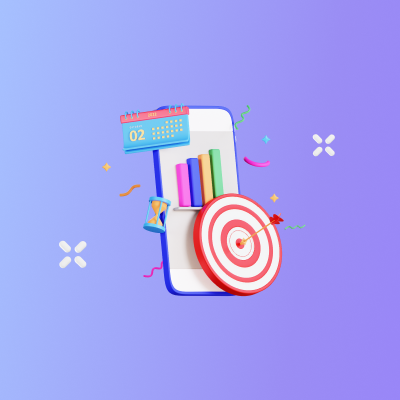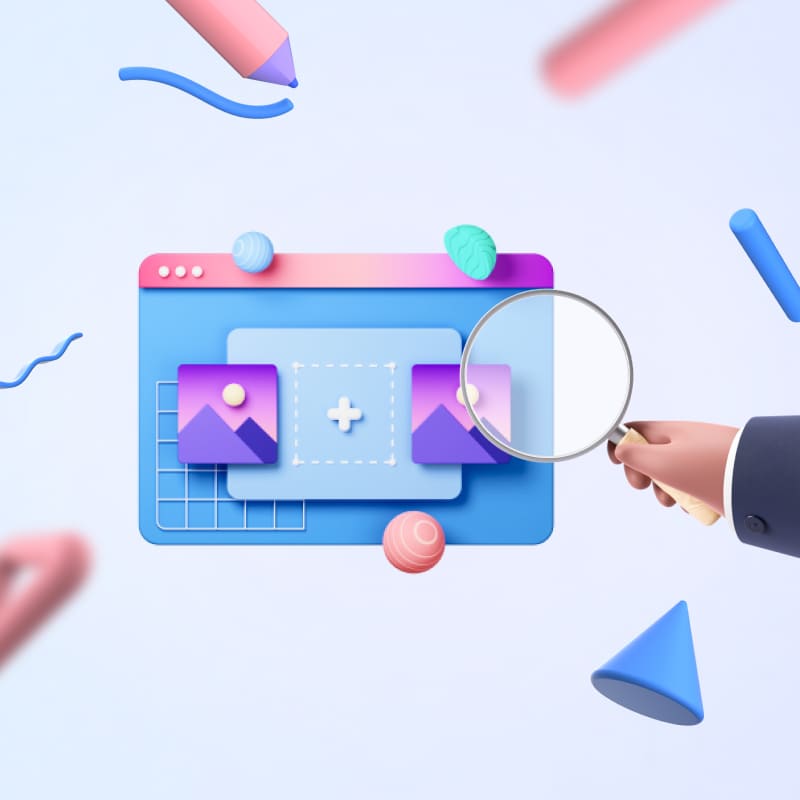
The world of work has evolved, especially over the course of the last few years and to be honest; it is still evolving. Along with this evolution is the modification of learning at work. While online learning is not entirely nouveau, its delivery has adjusted to the needs of the diversity that prevails in the work environments. One of the terms more recently associated with learning, in general, is blended learning.
Contents:
- What is blended learning?
- Why blended learning?
- Benefits of blended learning
- How to create a blended learning programme
- Define the intended learning objectives of the programme
- Break down the programme
- Gauge interactivity requirements
- Embed groupwork tasks
- Add communication tools
- Assemble a list of learning resources
- Craft an assessment plan
What is blended learning?
A straightforward definition of blended learning is training, instruction or education that mixes classroom learning with e-learning. Lessons are delivered in person while providing the same content online simultaneously. This offers learners the option to access classes remotely or directly in class from the instructor.
Why blended learning?
But why give the employees the option of choosing between e-learning and being taught in the classroom, you ask? Well, in the workplace, blended learning can be an effective way to deliver training as it relies less on employee classroom attendance, making training more accessible over significant geographical locations. This way, cost and time are reduced, allowing employees to decide what parts of the training will be accessed in person. Online lessons are then accessed at their convenience, where and when they prefer.
Additionally, the delivery of blended learning through a corporate learning management system stimulates the interest of employees due to the mixed delivery of lessons via videos, classroom lectures and online assessments. Interaction, collaboration and support between learners are promoted through the ability of learners to meet via various platforms, i.e., classroom, instant messaging and online forums. These motivate and prompt the completion of assignments.
Benefits of blended learning
Allows employees to learn at their own pace, whether they are fast learners who would get bored learning slower than the preferred pace or need in-depth instruction based on full classroom experience.
The first time I enrolled in a blended learning course, I was so hooked on remote work that I signed up for most of my lessons online. A big mistake it was for me. You see, blended learning is only as effective as you are, in using it. Its best feature, flexibility, can also become its undoing.
One setback is the high reliance on the learner to take responsibility for her learning. It’s so easy to get overwhelmed by work and responsibilities and let lessons accumulate. This is unlike full-time classroom training, which excuses you from work and allows you to focus on training lessons for fixed or predetermined periods without self-discipline. This enables you to pace yourself; you could rush through modules last minute and without taking the required time to assimilate and understand or skip through sections just to catch up with peers. Not everyone can handle blended learning, as self-learning may not be easy or appropriate for some employees. In general, the pace of learning is not uniform among employees, but blended learning facilitates learning at one’s own pace.
How to create a blended learning programme
To create a blended learning programme in your business, you need to follow the steps below:
- Define the intended learning objectives of the programme
- Break down the programme
- Gauge interactivity requirements
- Embed groupwork tasks
- Add communication tools
- Assemble a list of learning resources
- Craft an assessment plan
Define the intended learning objectives of the programme
Begin by outlining and describing the objectives you want to achieve with the programme. Be as clear as possible as this helps in executing the next steps. Determine the scope, type of expertise and proficiency level, and information the programme should contain. Also, consider the tools suitable for effectively delivering the programme.
Break down the programme
Divide the programme into smaller units, stating an outline of the course, assignments, assessments and other elements entailed. It is also necessary to decide on the minimum attendance and participation requirements and the tools to be used in providing the programme. This enables the programme’s structure to be clearly set out for learners to understand expectations.
Gauge interactivity requirements
In designing the programme and its content, there is the need to gauge the level of interaction each mode of learning will deliver and the level of additional research, studying or practice that it will require of the reader. This helps ensure a rounded balance in the programme delivery so that learners do not lose out on learning because of their choices or the delivery. As a result, whatever the ratio of content received in the classroom and online, learning and participation requirement remains uniform, and none of your employees is short-changed because of how the programme is taken.
Embed groupwork tasks
Team interaction in the workplace is a crucial part of how it operates, and bringing this into the learning process promotes collaboration and knowledge sharing. Learners also develop problem-solving, analytical and reasoning skills while sharing reflections, notions, perspectives and ideas while working as a team or group. It also allows for honing skills acquired through practice and execution, which tests and promotes learning. Group tasks and chat rooms are a few of the ways this can be facilitated.
Add communication tools
To ensure that learning is effective, it is necessary to ensure that the learners have access to instructors, especially for online modules. This way, they can be assisted by providing clarity to them and resolving their concerns. Communication tools also serve as a means for feedback on progress made through the programme. Additionally, communication between participants, as explained in the previous point, also needs to be facilitated. Therefore, chat rooms, live chats and mail plugins can be added to facilitate this, making for a more robust learning environment.
Assemble a list of learning resources
Whilst e-learning systems and blended learning programmes can be designed to be robust; not everything can be incorporated into them. Reference materials for further learning can be assembled and provided to the learners to promote in-depth or further study and learning. Sharing resources such as references to books, articles, podcasts, videos and presentations, including direct links where possible, supports the learning process and gives the instructors less burden to fill the programmes with “everything”.
Craft an assessment plan
After all, learning must come with assessments to measure the progress made by learners, the efficacy of the process and the knowledge acquired by the learners. Appending assessments at the end of each module or milestone in the programme helps piecemeal progress assessment, whilst an overall assessment at the end helps evaluate the total experience and programme. Quizzes, learning summaries, group discussions and chat forums are ways for such assessments to be carried out. This needs to be integrated into the blended learning programme to make it complete.
Delivering online assessments within a blended learning programme can help measure employee learning progress. This can assist instructors in tailoring assignments or support for individuals based on their progress. Employees are required to be IT savvy in order to effectively optimise the use of materials and content delivered online as part of a blended learning programme. Overall, blended learning can be quite effective as a learning and development tool for businesses when it is well planned and delivered within an organisation, especially using an LMS.
My Learning Hub can help you deliver on your blended learning goals. Schedule a demo call to learn how.
Frequently asked questions FAQ










